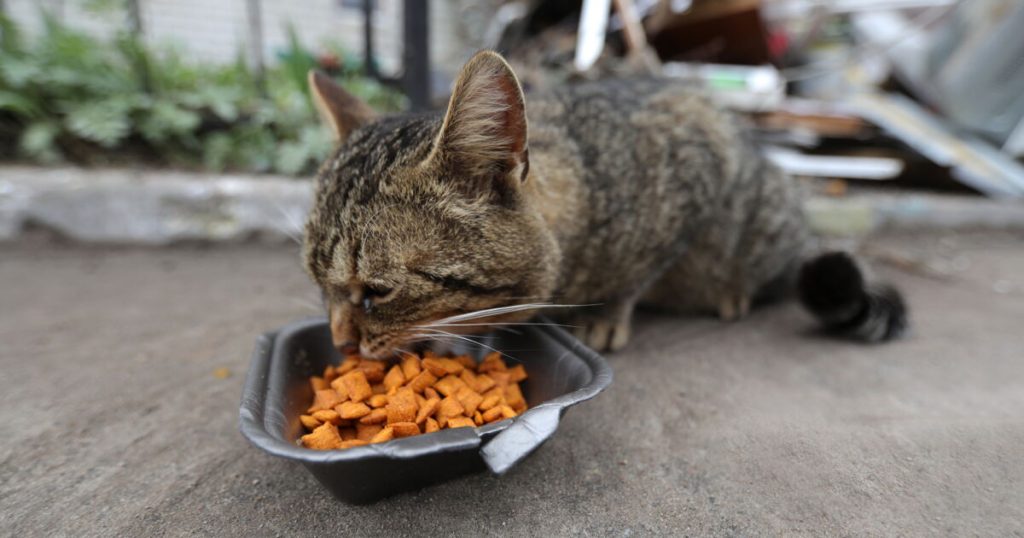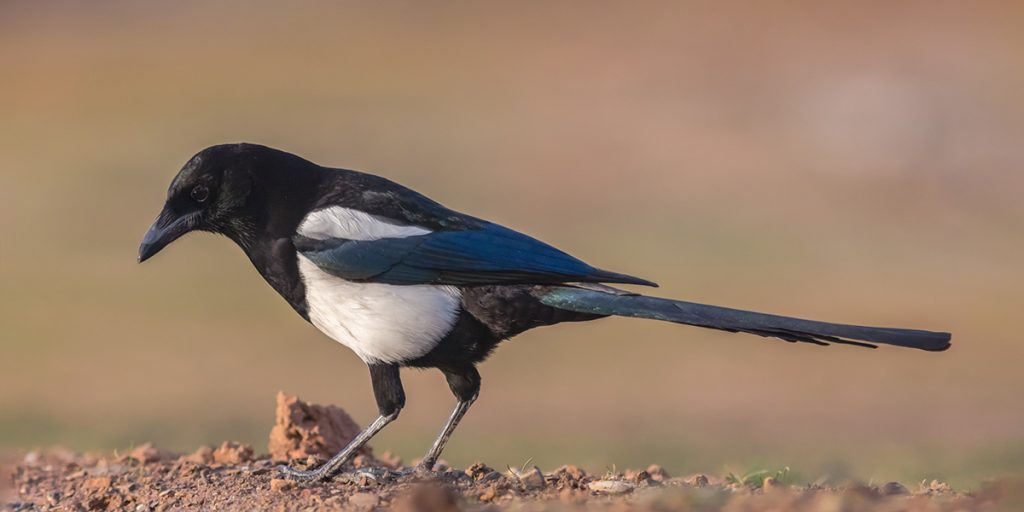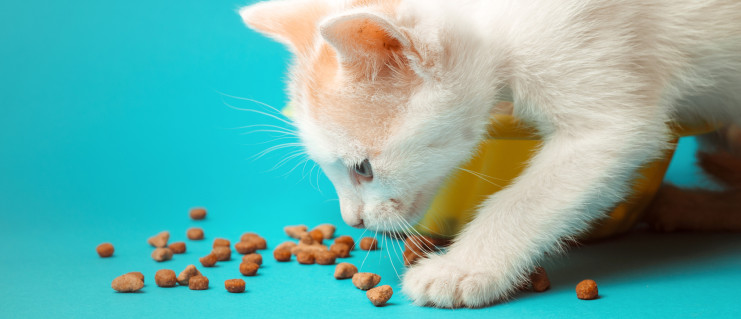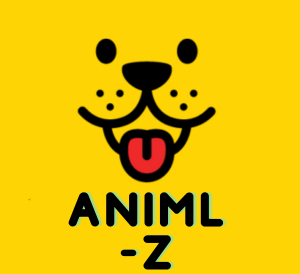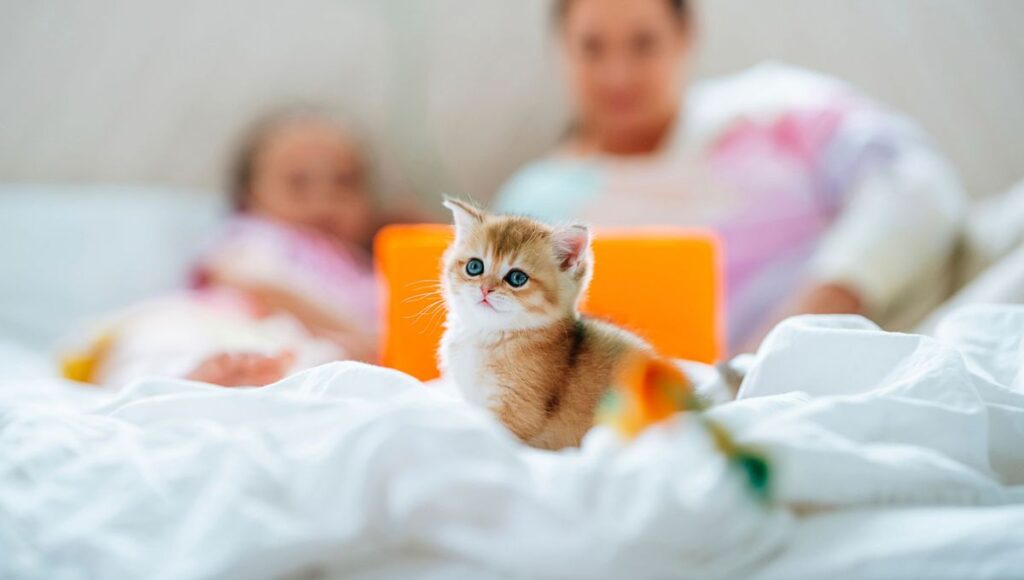
If domestic animals do have an impact on the climate and biodiversity, it remains relative to all other sources of climate and biodiversity disruption, however, the number of individuals accelerates the collapse of species already in decline. difficulty. On December 13, 2023, François Gemenne, member of the IPCC, stated: “Do you want the truth? Yes, the cat is a disaster for biodiversity, the dog is a disaster for the climate. We never talk about it.“The declaration raised a number of reactions from animal lovers, however we cannot neglect the environmental impact of domestic animals, even if it is more through their food, their litter, or their toys, than of their own doing: for dogs, that's a ton of CO2 per year.
Ultimately, the increase in the number of domestic animals can hardly be positive. It is not a question of showing pet owners but of becoming aware of this environmental impact to know how to reduce it, like other everyday subjects.
Doing without pets is not the solution. The beneficial impact of animals on children, for example, is real, but how can we do better? Objective approach with a veterinarian, an ecologist and a teacher-researcher in this program around the environmental impact of pets.
Instinctive hunting in cats
One in two households has a pet, so it is interesting to ask questions about the environmental impact of pets. The main thing is food, ahead of biodiversity. But you have to be careful here: on the islands the number of cats can quickly become a disaster, on the scale of the continent, it's okay. However, should we change the scale to put things into perspective, knowing that the domestic cat is the most widespread species on the planet? To answer these questions, the study of the “Domestic cat and biodiversity” program has brought together more than 5,000 participants since 2015, which represents almost 40,000 prey items bringing together 11 species of animals (birds, mice, frogs, lizards, etc.). ), for 4000 cats listed here. The investigation also asks to reference whether the prey was consumed or not…
Cats do not hunt to eat but by instinct, all the cats in the survey have their kibble and everything they need available. As the veterinarian reminds us Charlotte Dervaux : “In cats, there is a real need to hunt. It may be a feather on the end of a stick, but they need to lie in wait, to find their prey, to jump on it, to catch”.
15 million cats actually have a global impact
Does this instinctive and inevitable hunting represent a collapse of animal populations in certain territories? Perhaps not directly, but predation by domestic cats is one more factor in the collapse of biodiversity. The current study shows that cats attack both endangered and common species; the cat does not choose not in this sense before jumping. However, the impact is significant. Nathalie De Lacosteecologist, specifies following the collection of data on the reported prey that this is only a part of the reported prey, there is certainly more, and that even if the cat only reports one capture at the year (bird, mouse, frog or others), when we multiply by 15 million cats, (one in two households), the toll increases.
How can we limit the impact of a cat then? By playing with it, to simulate hunting, and by avoiding, for example, going out at sunrise or sunset, when small animals are more attackable.
Zen zoom zoom
53 mins
Is it the cat's fault or the man's fault? How to reduce?
“It is the choices of humans that will have a big impact on the impacts of the animal. Depending on the diet, the effect will be 30 times higher or lower” recalls veterinarian Charlotte Devaux.
The European Commission has asked the cat food industries to carry out a life cycle analysis of their products, so we know that kibble has the lowest ecological impact. For what ? Because “pet food” is already recycling the slaughter of animals to feed humans, with the less eaten pieces. Thus, the carbon impact will be lower than that of humans because it does not generate felling. Cat food will be less virtuous, just like insects, because you have to heat the larva then feed it (no leftover meals, prohibited). In short, all this costs. The best flies are those that the dog catches on the fly.
There is no ideal diet for the carbon impact and in general, the kibbles are interesting, on the nutritional side perhaps less. However, feeding your pet yourself is not a miracle solution either. Then the pâté will have a greater impact because it is much heavier to transport. Please note that 80% of the pet food consumed in France is produced in France, the country is a major supplier. As the market is growing, be careful to choose carefully because there are many brands to create brands (based on insects for example).
Listen to “The Earth Squared” to consider and evaluate how to minimize or regulate your pet’s environmental impact.
Guests of the show:
Nathalie De Lacoste is an ecologist, in charge since 2015 of the “domestic cat and biodiversity” program at the French Society for the Study and Protection of Mammals (SFEPM).
Charlotte Devaux is a veterinary nutritionist, she provides training in nutrition for veterinarians and ASV. In 2020, she launched the first veterinary nutrition podcast “La Truffle dans la Gamelle”
Elsa Bonnaud is a lecturer at Paris-Saclay, teacher-researcher in the dynamics of biodiversity and macro-ecology. She works a lot on predatory prey systems, not just cats, foxes are another of her study subjects.
The 6:20 a.m. guest
8 mins

